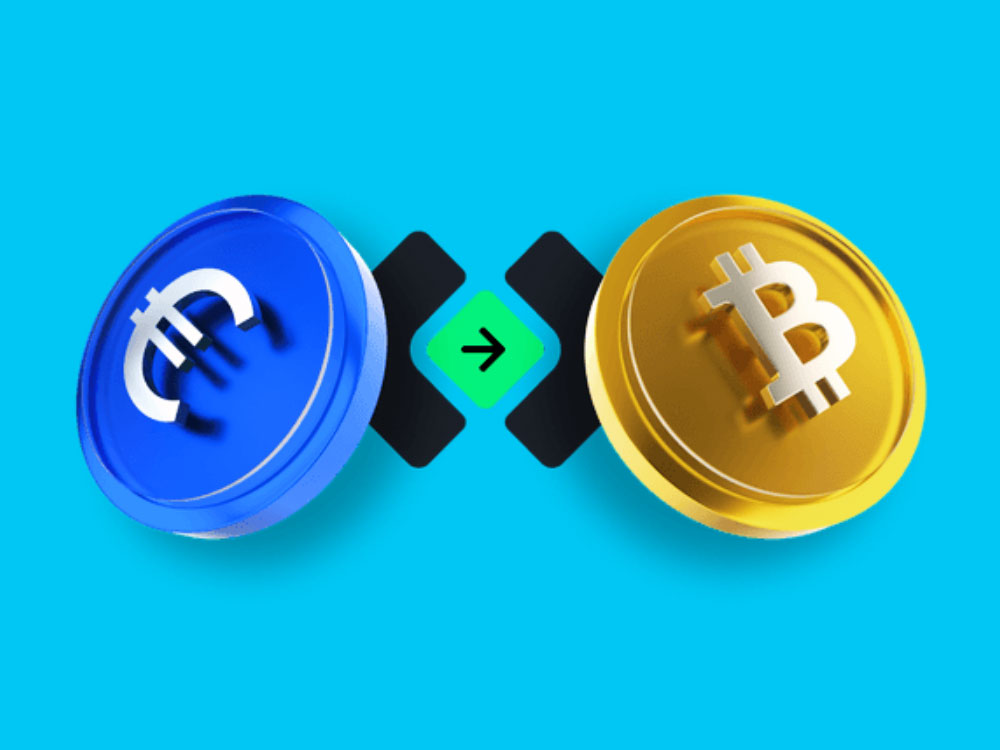In the fast-changing digital finance landscape, stablecoin payments through wallets and sweeps are proving to be a potent mix. The desire for immediate, cheap and borderless payments is why stablecoins like USDC are being welcomed into popular wallets like MetaMask and Phantom. Over and beyond DeFi and trading, stablecoins are creeping into everyday payments, digital banking and even next-gen financial apps — bringing in a new era of wallet-based stablecoin payments.
Let’s dig into how this transition is happening, the role of wallets such as MetaMask and Phantom, and how companies such as TransFi are helping to expedite the transition to a more inclusive, stablecoin–powered digital economy.
Rise of Wallet-Based Stablecoin Payments
Stablecoins — especially fiat-pegged variants such as USDC and USDT — are changing how we move money worldwide. Their value is stable, in contrast to the volatility of cryptocurrencies, and is perfect for real-world applications like remittances, savings, and microtransactions.
Today, if you pay in wallets with stables, it no longer the future? It’s now. People can hold, send, and receive stablecoins in digital wallets, effectively making the wallets personal financial centres. As users become more crypto-literate, the need for wallets that enable the use of stablecoins for payments has soared.
MetaMask Stablecoin Integration: Beyond DeFi
The popular non-custodial wallet MetaMask has started to support the use of stablecoins in crypto wallets beyond just for DeFi purposes. USDC has been integrated to MetaMask as a step toward making the wallet a bridge to real-world payments, she added.
As MetaMask has now expanded stablecoin support across Ethereum, Arbitrum, and beyond, here is what users can do:
- Pay for work with stablecoins from your wallet.
- Don't risk high volatility while handling crypto.
- Send or receive one-off or scheduled transfers between wallets and platforms.
This MetaMask stablecoin integration paves the way for real-world applications of crypto, from e-commerce to bill-paying.
PHANTOM WALLET STABLECOIN SUPPORT: INCREASING USAGES
Up to date, PHANTOM WALLET supports many different valuable coins.
While the Phantom wallet stablecoin support began as a Solana ecosystem feature, it was expanded as customers sought more cross-chain and payment functions. In Phantom, USDC is already being utilised for NFT transactions, tipping creators and now—thanks to deeper integrations—for paying merchants and other users directly.
What makes Phantom one to watch as a contender for serviceable app wallets with stablecoins is the clean UI, built-in DEX support, and almost instantaneous transaction times on Solana. As superapps and digital banking tools mature, Phantom is positioning itself as something more than a crypto wallet — as a transactional layer for Web3 payments.
The Superapp Age: Stablecoin Adoption in Superapps
Superapps — platforms that integrate messaging, payments, commerce and more — are especially potent in emerging markets, where consumers do almost everything on their mobile phone. With financial inclusion top of the agenda around the world, the use of stablecoins in superapps is an evolution that follows the handwriting on the wall.
Now, picture an app that does all of that in one place — chatting, shopping and paying in USDC — and you don’t even need a traditional bank. This is no longer hypothetical. Superapps like Grab and WeChat are experimenting with crypto integrations, while Web3-native apps are already piloting stablecoin-powered superapps for payments.
For these superapps, stablecoins bring:
- Instant settlement
- Lower fees
- Global reach
- Accessibility for the unbanked
This makes financial services available to users in the developing world and markets with downturn competition or weak banking systems.
Digital banking with stablecoins: The new opportunity
Welcome to the world of next-generation digital banks leveraging stablecoins — platforms that disrupt old rails to run entirely on blockchain. These banks of the future give customers the freedom to:
- Store and transmit stablecoins such as USDC and USDT
- Earn interest via DeFi integrations
- spenders charged directly from the wallet
With stablecoin digital banking, you get the best of both worlds of traditional banking and fast and flexible crypto. And the best part? With nothing but a smartphone and a wallet app, it’s all on the table.
But as more and more users migrate to non-custodial wallets, the trend for stablecoin usage in non-custodial wallets will only pick up, more so when the wallet when coupled with superapps or a digital bank.
How TransFi is Building Stablecoin Micropayment Application Adoption
And this is where such apps as TransFi are indispensable. TransFi is bringing stablecoin payments into wallets with frictionless on-ramps, off-ramps, and real-world integrations. It's a combination of traditional finance and decentralised lending, which makes it easy for average users to:
- Swap fiat to stablecoins, as well as the other way around
- Build stablecoin payments into wallets abroad
- Enable applications such as remittances, payroll and e-commerce
Whether you’re creating a superapp, a DeFi platform, or a digital bank, TransFi makes it easy to build stablecoin-powered payments with compliance and global accessibility built in.
For wallets like MetaMask, and more recently, Phantom, adding TransFi support enables new features such as fiat-to-stablecoin onboarding, instant cross-border transfers and in-wallet merchant payments — the sort of features that will help take these wallets to mainstream users.
Conclusion: A Stable Future for Stablecoins
The future date for approving stablecoin payments from wallets is a massive step towards mainstream crypto use. On one end are wallets like MetaMask and Phantom that increase their support for stablecoins, and on the other end are superapps that are driving financial inclusivity. We are trending toward a world in which using a stablecoin is like using cash.
As companies like TransFi help to speed this evolution along, more digital banking with stablecoins, deeper wallet integrations, and novel superapp experiences are on the near horizon. The stablecoin revolution is now a matter of utility, not speculation.
Also read: Stablecoin Payments in Brazil: Connecting Pix, USDC, and the Global Digital Dollar System
FAQs
1. How do stablecoins function in MetaMask and Phantom?
Both wallets enable people to store, send and receive stablecoins such as USDC. MetaMask facilitates stablecoins on Ethereum and other EVM chains, while Phantom is centred around stablecoins on Solana.
2. What are stablecoin-powered superapps?
These next-gen apps merge communication, commerce, and finance, while integrating stablecoins, so you can transact, save, and pay in crypto without banks.
3. Can I spend stablecoins in digital wallets for everyday payments?
Yes. The more tokens are integrated, the more users can pay companies, pay bills, and even shop online using stablecoins directly from their MetaMask or Phantom wallets.
4. What is the use of digital banking with PP stablecoins?
That provides instant, low-fee, and borderless banking services in a world that doesn’t need traditional banks and above all, not for the disadvantaged is key.
5. So, how can TransFi assist in integrating stablecoin payments?
TransFi: TransFi provides APIs and developer tools enabling wallets, superapps and digital banking platforms to integrate fiat-to-stablecoin conversion, global transfers and merchant payments.
Table of Contents
Suggested Article
Explore our products

Make global payments at the speed of a click

Accept payments, remove borders.

Unlock Seamless Digital Currency Transactions Anywhere








.png)














